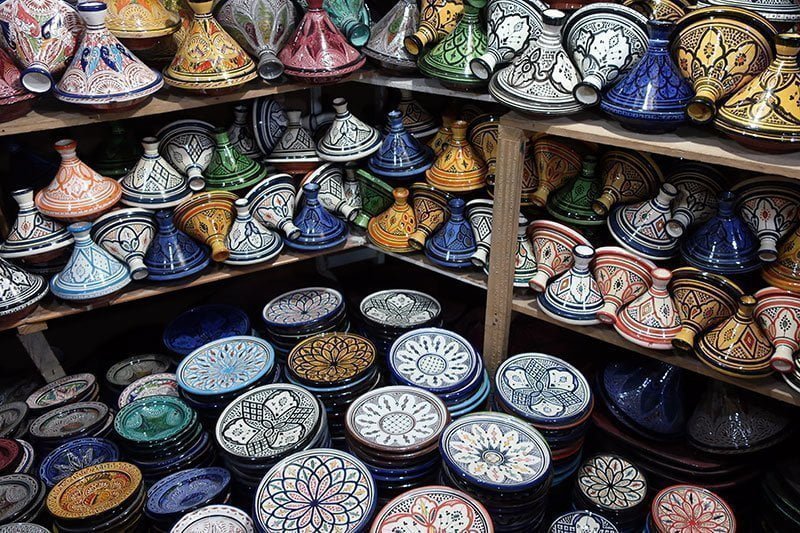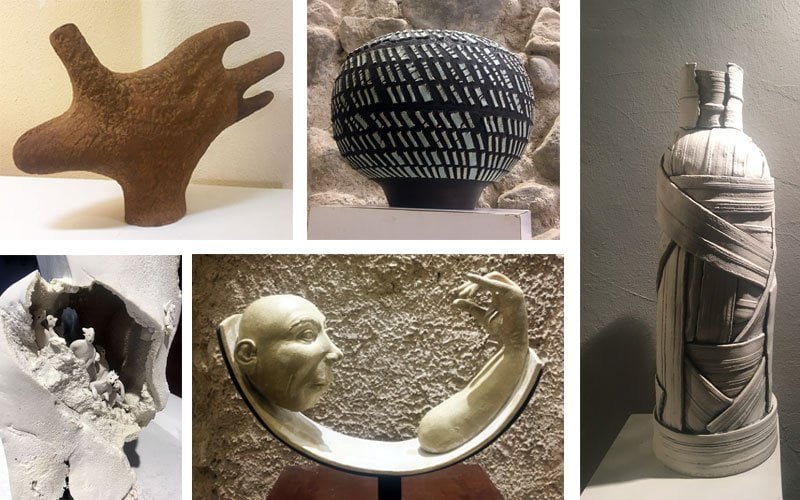Discovering new art, especially pottery, is an important part of my experience when I travel. On a recent trip I learned about Peruvian pottery from the Incas and other indigenous cultures. Their artwork inspired new reflections on the important links between craft, culture and storytelling.—they’re links worth preserving.
Craft as storytelling
People all over the world are shifting back to laboriously making things by hand. I see new ceramic studios, wood and metal workshops popping up all over the place. And they’re full of enthusiastic people—making useful and beautiful things.
Most of these things are also made by big industries and purchased cheaply in chain stores. So why do people still want to be makers?
One important reason is to leave a legacy. Each item made by a person’s hands tells a story about creativity, craftsmanship and about the larger society in which it was made. This connection with craft, culture and history has never been more apparent to me than on my recent trip to Peru.
The vessels and artifacts left behind by indigenous cultures are telling us a story hundreds or thousands of years after their making. It’s a story worth listening to.
Pre-Inca Pottery
Pre-Columbian cultures did not have writing systems. Therefore, we learn about their cosmologies, world views, religions, philosophies and ritualistic practices from their visual art.
We know about the existence of these cultures only because of the artifacts they left behind.

The first pottery in the Andes was produced hundreds of years before the Inca Empire. We know about the existence of these cultures only because of the artifacts they left behind.
For example, the Chavín culture (900 to 200 BC) and the Moche or Mochica culture (100 to 700 AD) on the northern Peruvian coast produced large quantities of pottery. Their work is characterized by anthropomorphic figures as well as animal faces and bodies. In fact, the Moche were the only artists to incorporate realistic facial expressions and produce realistic sculptures in Pre-Colombian cultures.
The sex pots
The erotic pottery or “sex pots” of the Moche civilization tells us a story of sexuality that does not conform to modern day expectations. As I walked around the Larco Museum in Lima, I heard gasps and giggles and saw people look away in shame and embarrassment.
The sex pots depict graphic scenes of anal sex, oral sex and masturbation. The sex seems pleasurable and unabashed. Sometimes it involves skeletons and animals. Traditional sex—that is, missionary-style vaginal sex for procreation—is almost nowhere to be seen.
Scholars don’t agree on the meaning of the erotic pottery. However, most do agree that the sex pots are not erotica. They are both decorative and functional in nature. They are vessels with hollow chambers for holding liquid and a spout, typically in the form of a phallus.
I created a short video with my collection of photographs taken of the sex pots and traditional Peruvian pottery.
Collection at the Larco Museum
According to Turner (2013), the sexual scenes “allude to fundamental cosmological relationships between the mountains and the coast and male and female, a rich metaphorical language concerning fertilizing fluids and the hydraulic cycle, and a set of beliefs pertaining to ancestor worship and the role of the deceased in relation to agricultural and human fertility.”
Some believe that the absence of vaginal sex indicates some form of gender equality in the Muche society. Women were more than just child-bearers whose value relied on their virginity.
Others explain that skeletons masturbating are thought to be related to heritage. “Ancestors were paramount in pre-Columbian Andean religious life. Given this, the skeletal masturbation scene is not strictly about a nonreproductive sex act—it is about establishing and maintaining continuity between the living and the dead.” (Nash, 2016)
There are many stories that can be gleaned from these artifacts. However, one thing is clear: this was a highly organized civilization that in some ways might have been more socially and politically progressive than the ones that came after it.
Inca Pottery
Unlike their predecessors, the Incas used geometric patterns, shapes and the heads of animals. The animals used in Inca designs had a significant spiritual importance. They represented the three stages of life (also known as the chakana or Inca Cross).
The condor represented a messenger from the heavens—light, stars, divine creatures and gods of the sky. The puma represented power, strength, Mother Earth as well as the present moment. Lastly, the snake represented wisdom and knowledge, the gods below the ground, the underworld or afterlife.
We know more about the Inca’s understanding of life and spiritual connections with nature thanks to the artwork they left behind.

What will we leave behind?
I have written here just a few details of what I learned about the Pre-Columbian cultures in Peru by studying the pieces of artwork that survived the Spanish invasion.
This experience inspired questions about what physical objects our modern societies will leave behind. What natural disasters and cultural invasions must those objects survive?
I hope that modern day makers can communicate something of value about our culture and beliefs. I’m afraid future societies will only see a story told by sterile machine-made objects and heaps of plastic.
References & further reading on Peruvian Pottery:
Museo Larco
http://www.museolarco.org/
Inca Art
https://www.ancient.eu/Inca_Art/
Skeleton Sex Pots
https://www.sapiens.org/column/curiosities/moche-skeleton-sex-pots/
Object of Intrigue: Moche Sex Pots
https://www.atlasobscura.com/articles/object-of-intrigue-moche-sex-pots
Sex Pottery of Peru: Moche Ceramics Shed Light on Ancient Sexuality
https://www.ancient-origins.net/artifacts-other-artifacts/sex-pottery-peru-moche-ceramics-shed-light-ancient-sexuality-003017
Turner, A. (2013). Sex, Myth, and Metaphor in Moche Pottery. Dissertation for UC Riverside. https://escholarship.org/uc/item/6pw774tr#page-9






